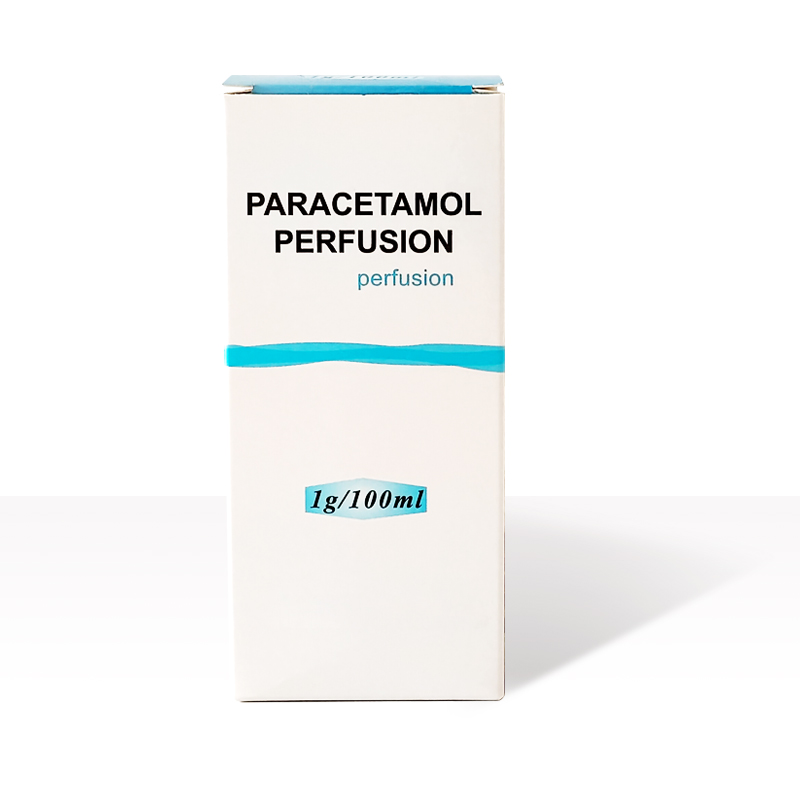
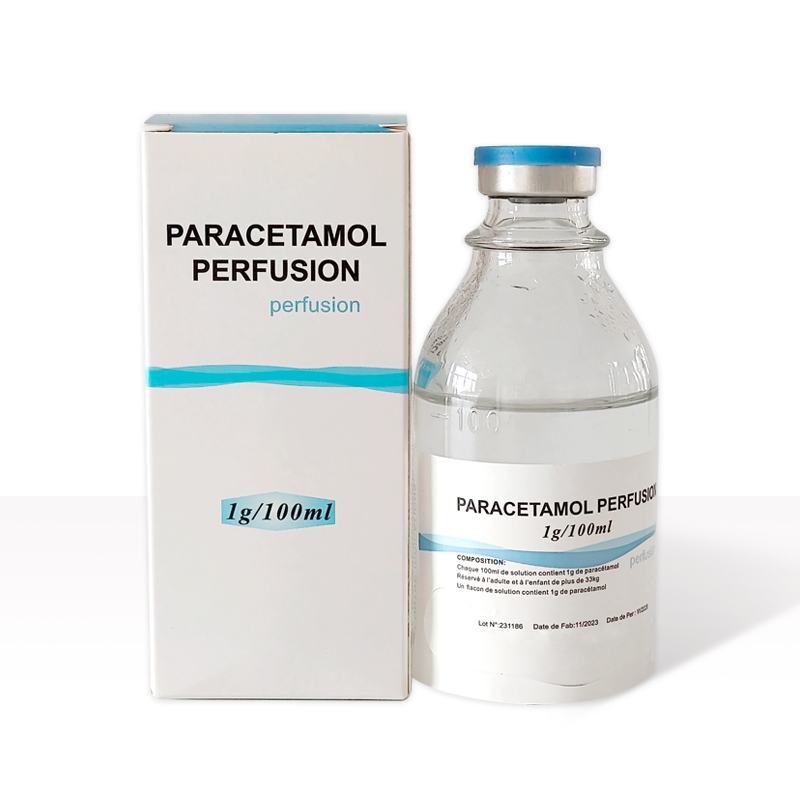
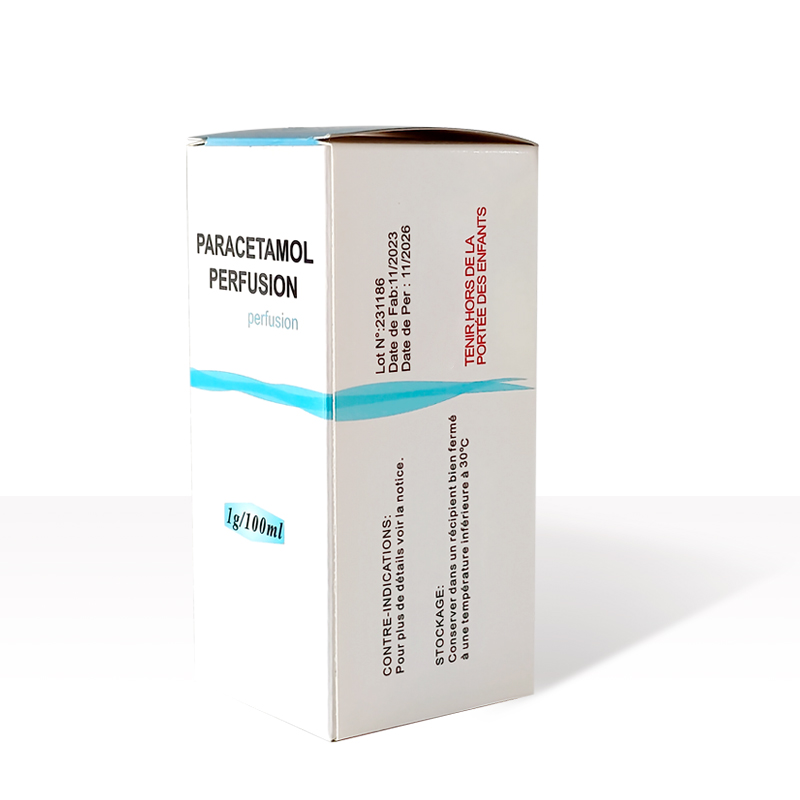
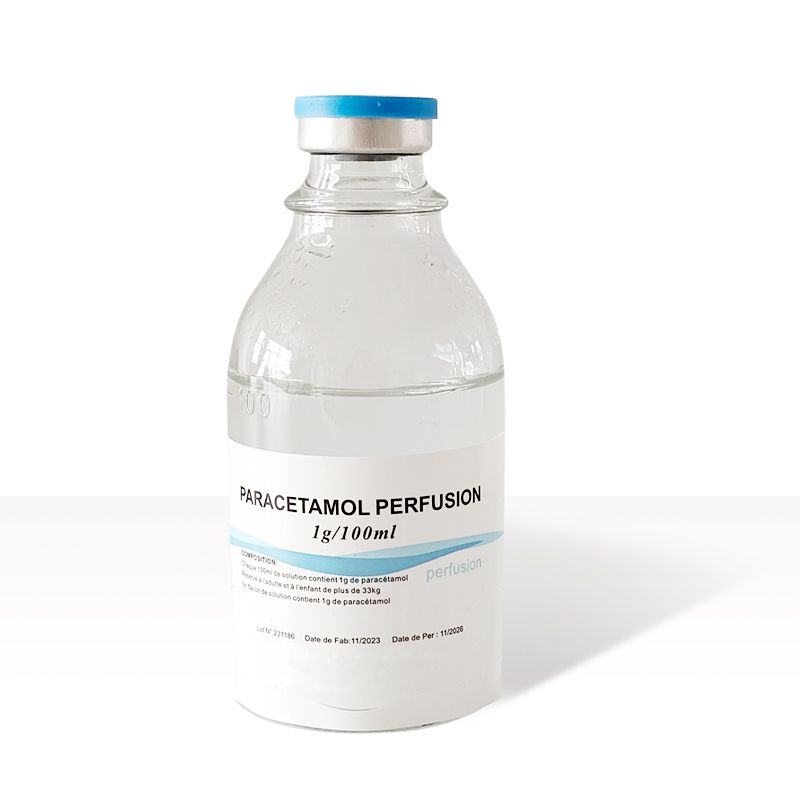
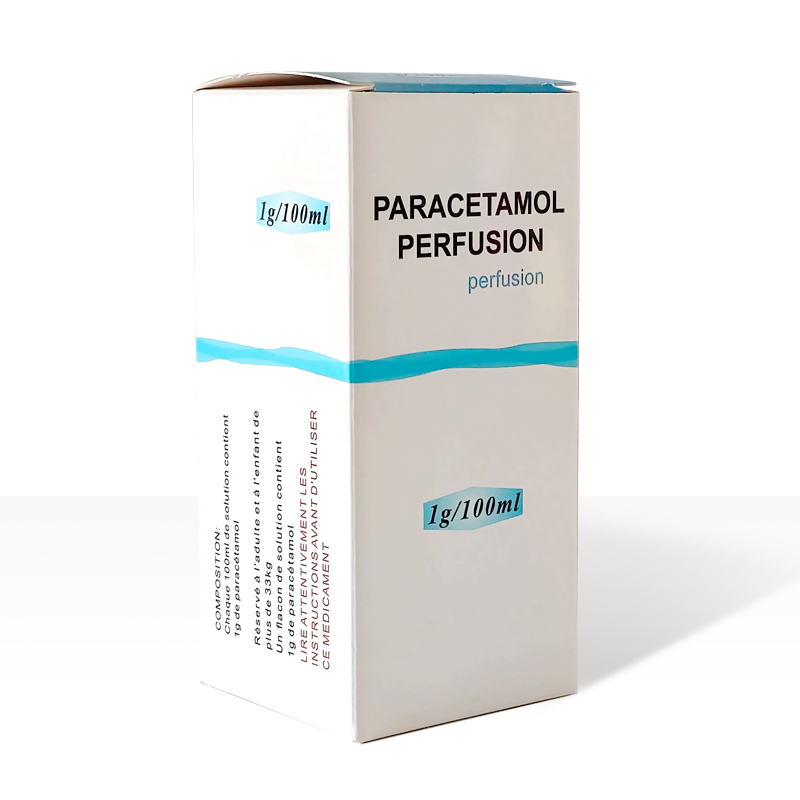
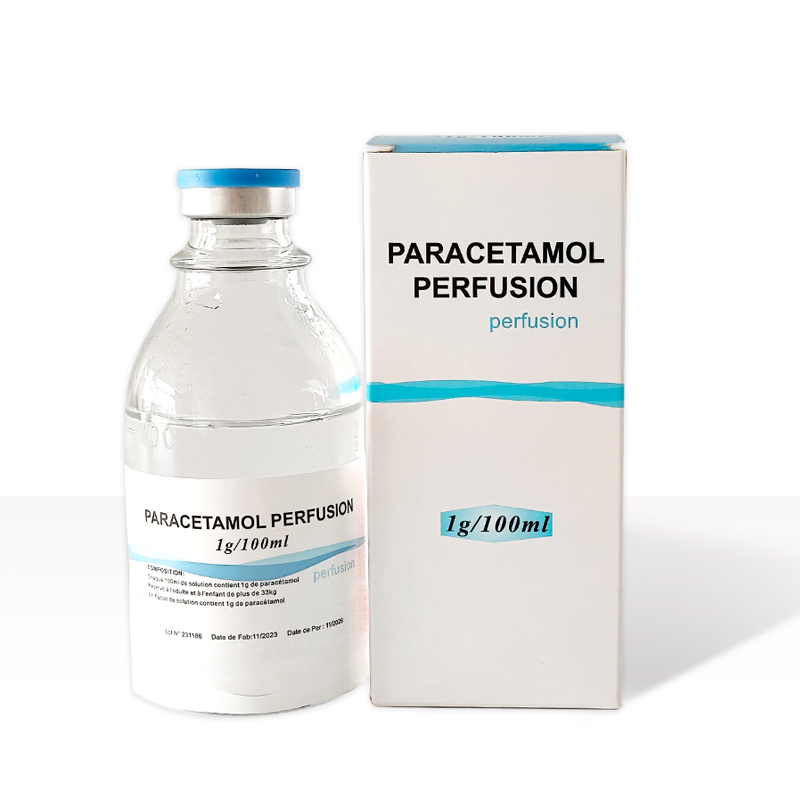
Mechanism of Action
Paracetamol (Acetaminophen) injection exerts its therapeutic effects primarily through its action on the central nervous system. It is believed to inhibit the synthesis of prostaglandins, which are chemicals that play a key role in mediating pain and fever. By reducing the production of prostaglandins in the brain, paracetamol helps to lower fever and provide relief from mild to moderate pain. Additionally, it may also have a direct effect on the hypothalamic heat-regulating center, contributing to its antipyretic properties. It is important to note that paracetamol has minimal peripheral anti-inflammatory activity compared to nonsteroidal anti-inflammatory drugs (NSAIDs).
Applications
Paracetamol injection is widely used in clinical settings for the following purposes:
- Pain Relief: It is effective in managing mild to moderate pain, such as postoperative pain, headache, muscle aches, joint pain, and pain associated with various medical conditions.
- Fever Reduction: It is commonly used to reduce fever in patients with infectious diseases, inflammatory conditions, or other feverish states.
- Adjunctive Therapy: It can be used in combination with other analgesics or anesthetics to enhance pain control, especially in situations where oral administration is not feasible or appropriate.
Dosage and Administration
The dosage and administration of paracetamol injection should be determined based on the patient's age, weight, and clinical condition. The following are general guidelines:
- Adults and Children over 12 Years: The usual dose is 10 to 15 mg/kg body weight, administered intravenously or intramuscularly every 4 to 6 hours as needed. The maximum daily dose should not exceed 4 g (4000 mg).
- Children under 12 Years: The dosage should be carefully adjusted according to the child's weight and age. Typically, a dose of 10 to 15 mg/kg body weight can be given every 4 to 6 hours, with the maximum daily dose not exceeding 75 mg/kg body weight or 2.4 g (2400 mg), whichever is lower.
- Elderly Patients: Due to potential changes in pharmacokinetics and pharmacodynamics, the dosage may need to be adjusted based on the patient's renal and hepatic function. Close monitoring is recommended.
- It is crucial to strictly follow the prescribed dosage and administration schedule to avoid overdose, which can lead to serious liver damage. The injection should be administered slowly to minimize the risk of adverse reactions.
Storage
To ensure the stability and efficacy of paracetamol injection, proper storage conditions must be maintained:
- Temperature: Store the injection at room temperature, typically between 15°C and 30°C (59°F to 86°F). Avoid exposure to extreme heat or cold.
- Light Protection: Protect the vials or ampoules from direct sunlight and store them in their original packaging to minimize light exposure.
- Humidity: Keep the product in a dry place, away from moisture and high humidity.
- Expiration Date: Always check the expiration date before use. Do not use the injection if it has expired or if there are any signs of discoloration or contamination.
- Accessibility: Store the product out of reach of children and pets to prevent accidental ingestion.
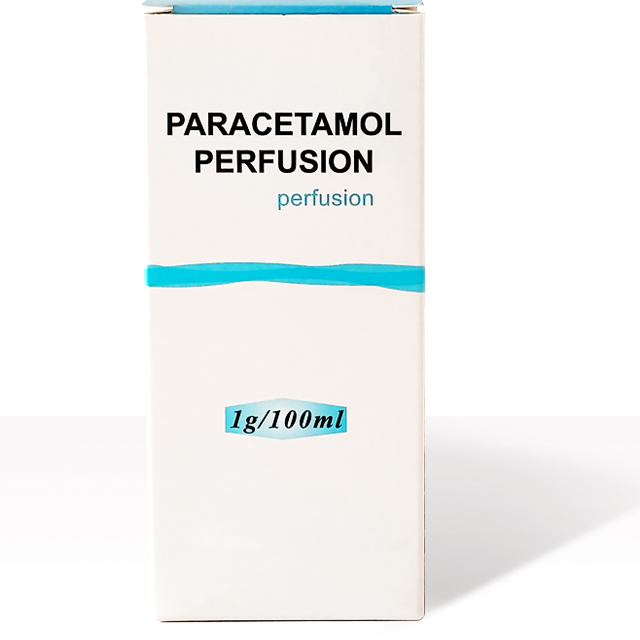








 2006-2025 上海博華國際展覽有限公司版權(quán)所有(保留一切權(quán)利)
滬ICP備05034851號-57
2006-2025 上海博華國際展覽有限公司版權(quán)所有(保留一切權(quán)利)
滬ICP備05034851號-57